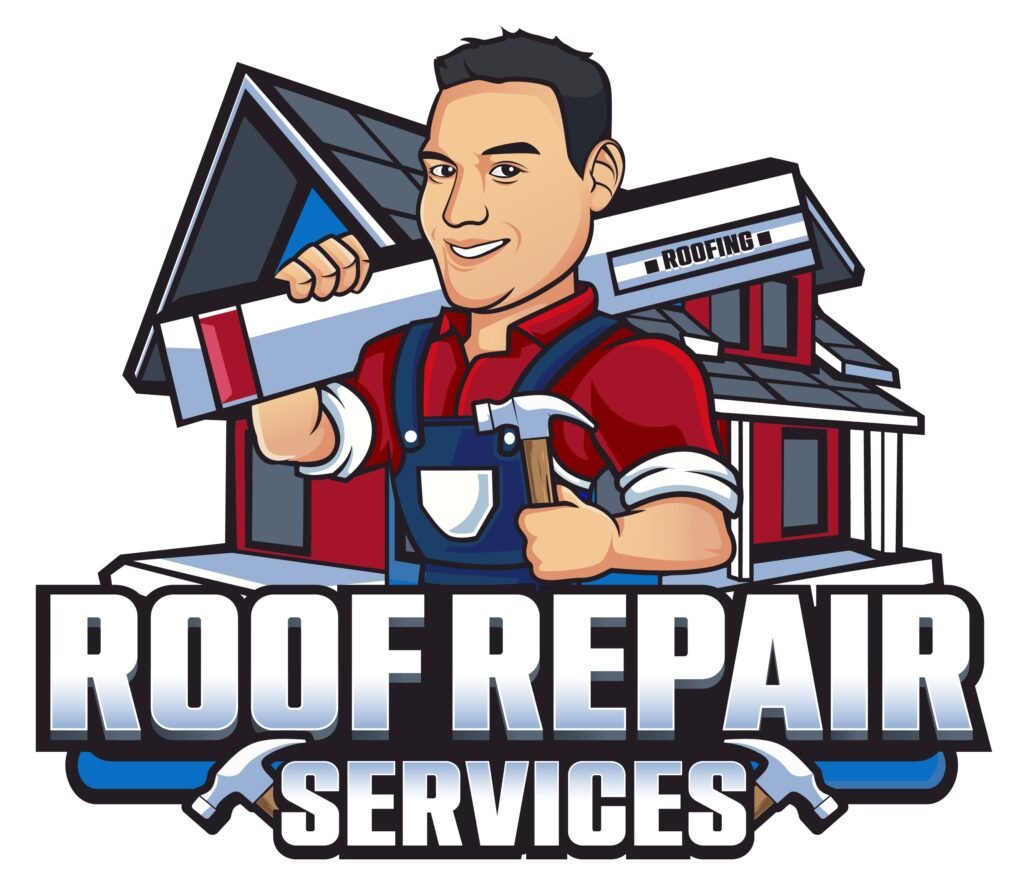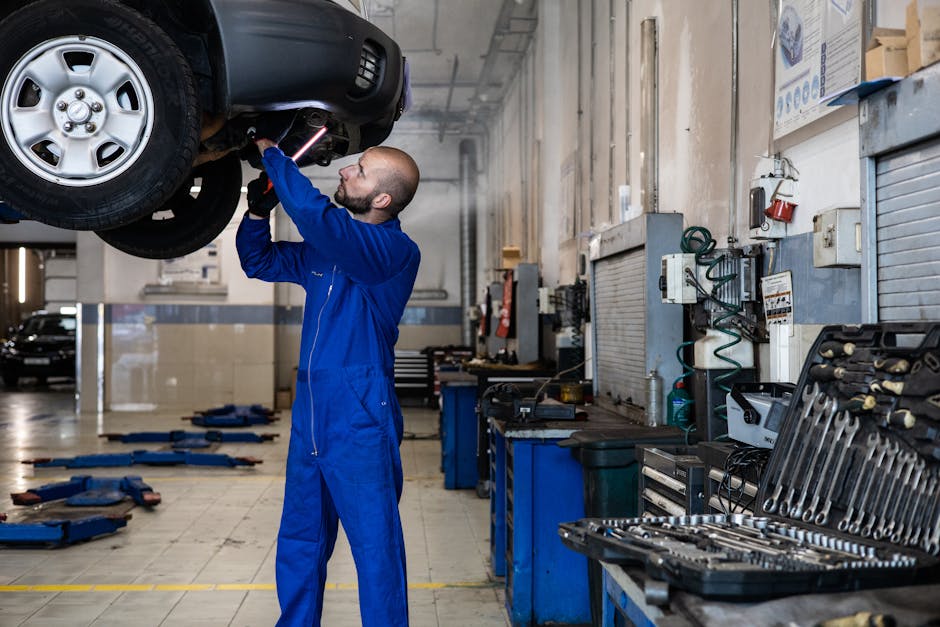Introduction to the importance of roof inspections
Ever think about the importance of a regular check-up for your house? Specifically, the roof? Let’s dive into why this matters. Your roof is your home’s first defense against the elements. Neglect it, and you might find yourself facing leaks, mold, or even structural damage. Regular roof inspections are like health check-ups for your home. They can spot potential problems early, saving you from costly repairs down the line. Think of it as investing a little now to save a lot later. Inspectors look for damaged or missing shingles, structural issues, and signs of aging. Catching these issues early can mean the difference between a quick fix and a major overhaul. So, how often should you get your roof inspected? Experts recommend at least once a year. Remember, it’s not just about spotting damage; it’s about maintaining your home’s well-being and ensuring it stays safe and sturdy for years to come. It’s a small effort that can lead to big savings and peace of mind.
Common signs your roof needs inspection and possible repair
Spotting issues with your roof early can save you a ton of hassle and money. Wondering what to look out for? First off, shingles that are cracked, damaged, or missing are clear signs something’s up. If shingles start to look curved or bent, that’s another red flag. Seen any shingle granules in your gutters? That’s like your roof waving a white flag, saying it’s time to check in on it. Water stains on your ceiling or walls indoors? Yep, that’s usually water from a leaky roof trying to say hello. These leaks can lead to mold or mildew, which nobody wants. Lastly, if your roof is over 20 years old, it might just be time for a professional to take a look, even if nothing seems obviously wrong. Regular checks can keep small roof troubles from becoming big, expensive ones.
How regular inspections prevent major roof repair issues
Regular roof inspections are like check-ups for your home. Just as you’d see a doctor to catch health issues early, inspecting your roof can spot minor problems before they turn into big, expensive repairs. When a professional climbs up to take a look, they’re on the hunt for signs of wear and tear. They’ll check for lost or damaged shingles, clogged gutters, or issues with flashing. These might not sound like big deals, but each can lead to water leaks, mold, or structural damage if left unchecked. By catching these issues early, you sidestep the need for major repairs down the line, saving yourself time, hassle, and a lot of money. Think of it this way: a little preventative care on your roof can prevent a health crisis for your home.
The role of roof inspections in extending roof lifespan
Regular roof inspections play a crucial game in extending the life of your roof. Think of it like this – just as you go for regular health check-ups to catch any problems early, your roof needs the same attention to spot issues before they become big, expensive problems. Roof inspections can reveal hidden damage caused by weather, wear and tear, or other factors. By catching these issues early on, you can fix them at a much lower cost and hassle than if they’re left to grow worse. This proactive approach can significantly extend your roof’s lifespan, saving you money in the long run. Regular maintenance, including these inspections, can help your roof last up to 20 years or more, depending on the material. Without these check-ups, you might find yourself facing leaks, mold, or even structural damage to your home much sooner. So, think of roof inspections as an investment in your home’s health and your peace of mind.
Seasonal considerations for roof inspections: When and Why
It’s straightforward: inspecting your roof at the right times saves you trouble and money. For regions with four seasons, the best practice is to check your roof in the fall and spring. Why then? In the fall, you’re prepping for the harsh winter. It’s your chance to spot and fix any damage that can get worse with snow and ice. In the spring, it’s about assessing the damage done by winter and preparing for rain. If you live in a place with mostly one weather type, like constant heat or rain, inspect your roof at least once a year. This timing works because it helps you catch issues before they escalate. Small repairs now mean avoiding big, expensive fixes later. Plus, knowing your roof can handle whatever the weather throws at it? That’s peace of mind.
Professional vs. DIY: Approaching roof inspections and repairs
Deciding between hiring a professional or doing it yourself for roof inspections and repairs is crucial. A pro knows what to look for, has the right tools, and can spot trouble that you might miss. On the flip side, doing it yourself can save money and teaches you about your home. But, it’s risky. You could miss important signs of damage or put yourself in danger climbing up there. Here’s the breakdown: Professionals have training and equipment, ensuring comprehensive inspections. They can detect hidden damages, offer solutions, and handle repairs safely and efficiently. With DIY, you save on labor costs and get to know your roof’s condition firsthand. However, without the right knowledge, you might overlook critical issues or worse, injure yourself. If you’re not sure, consider a professional for the inspection and take on minor repairs yourself. Either way, regular checks are non-negotiable to keep your home in top shape.
Essential checklist for a comprehensive roof inspection
When it comes to roof inspections, there’s a straightforward checklist to ensure everything is covered. First, look for any signs of wear and tear. This includes checking for missing, broken, or damaged shingles. It’s crucial because even a small issue can lead to leaks and significant damage over time. Next, inspect for moss or algae growth. This might seem harmless, but it can actually indicate moisture problems, which could compromise your roof’s integrity. Also, make sure to examine the flashing. These are the metal pieces around chimneys, vents, and skylights. If they’re damaged or missing, water can easily seep into your home. Don’t forget the gutters and downspouts; they should be clear of debris to ensure water can flow away from your roof and foundation properly. Finally, take a look at your attic. Signs of water damage, like stains on the underside of the roof or damp insulation, are red flags. This checklist will help identify any potential issues before they escalate, saving you both stress and money in the long run.
Dealing with detected issues: Tips for effective roof repair
After spotting problems during a roof inspection, taking swift action ensures minor issues don’t turn into home-wrecking headaches. Firstly, pinpoint the type of repair needed. Common fixes include replacing missing shingles, sealing leaks, or unclogging gutters. Don’t overlook the small stuff; even a minor leak can cause substantial damage over time. Once you identify the problem, decide if it’s a DIY job or if professional help is needed. For simple tasks like cleaning gutters or replacing a few shingles, rolling up your sleeves might save you money. However, for more complex issues like structural repairs or a complete roof overhaul, calling in the experts is smarter. They have the right tools, skills, and often, a warranty to back their work. When choosing a contractor, go for reputation over low cost. Scour reviews, ask for references, and ensure they’re licensed and insured. Remember, a properly fixed roof isn’t just a short-term win; it’s a long-term investment in your home’s health and safety.
The financial benefits of regular roof inspections on home maintenance
Skipping roof inspections might seem like a good way to save a few bucks today, but it can end up costing you a lot more in the long run. Think of roof inspections as a health check for your house. Just like going to the doctor can prevent small issues from turning into big problems, regular roof checks can stop minor damages from becoming major expenses. Here’s the deal – catching leaks or damage early can mean a simple repair instead of a full roof replacement down the line. Imagine spending a little now versus a whole lot later. Plus, a well-maintained roof keeps your home’s energy efficiency in check. No leaks mean your heating and cooling stay inside, not leaking out through your roof. This can shave a good chunk off your energy bills each month. More so, if you’re thinking about selling your home, a solid, well-kept roof can seriously boost your house’s value and curb appeal. Buyers love knowing the house they’re getting doesn’t come with a side of roof troubles. So, investing in regular roof inspections can actually put money back in your pocket, making it a smart move for your wallet and your home’s overall health.
Conclusion: Keeping your home healthy with timely roof inspections and repair
Regular roof inspections are more than a check-up; they’re an investment in your home’s future. Think of it as a health check for your house. Just like you wouldn’t ignore a toothache, it’s unwise to overlook your roof’s condition. A small issue today, like a leak or a missing shingle, can turn into a big problem tomorrow, leading to costly repairs and even bigger headaches. By scheduling routine inspections, you’re taking a proactive step towards maintaining your home’s health and avoiding unexpected expenses. Not convinced? Let’s break it down. Regular inspections can spot troubles early, saving you money and extending your roof’s life. Plus, catching problems early can also prevent damage to your home’s interior. In a nutshell, timely roof inspections and repairs keep your home safe, dry, and comfortable. Don’t wait for a leak to remind you about your roof. Stay ahead of the game, and your home will thank you for it.

